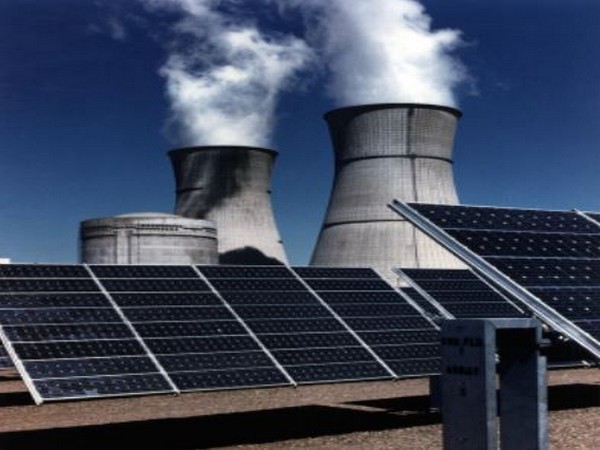 English
English

Researchers at the University of California argued that a human expedition on the surface could be powered by harvesting solar energy. Read further on Dynamite News:

Berkeley (California): Researchers at the University of California argued that a human expedition on the surface could be powered by harvesting solar energy.
Modern science has exposed the red planet as a potential source of alien invasion, today's technology is bringing us closer to crewed missions.
The findings of the research were published in the journal 'Frontiers in Astronomy and Space Sciences'.
The main source of power for some NASA Mars rovers comes from a multi-panel solar array. But, in the last decade or so, most people had assumed that nuclear power would be a better option than solar energy for human missions, according to co-lead author Aaron Berliner, a bioengineering graduate student in the Arkin Laboratory at UC Berkeley.
What makes the current study unique is how the researchers compared various ways to generate power. The calculations took into account the amount of equipment mass that would need to be transported from Earth to the Martian surface for a six-person mission.
Specifically, they quantified the requirements of a nuclear-powered system against different photovoltaic and even photoelectrochemical devices.
While the energy output of a miniaturized nuclear fission device is location-agnostic, the productivity of solar-powered solutions relies on solar intensity, surface temperature, and other factors that would determine where a non-nuclear outpost would be optimally located.
This required modelling and accounting for a number of factors, such as how gasses and particles in the atmosphere might absorb and scatter light, which would affect the amount of solar radiation at the planet's surface. (ANI)